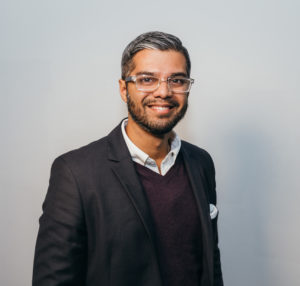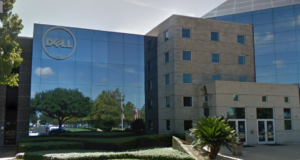Andre Luckow, BMW Group’s Head of Innovation and Emerging Technologies, is charged with exploring the potential of machine learning, quantum computing, and blockchain technology for the Munich-based automaker.
In 2018, the BMW Group co-founded what it called the Mobility Open Blockchain Initiative to coordinate activity among its 120 business partners in its supply chain. One result is BMW’s PartChain project, designed to provide traceability of components by creating more data transparency in supply chains. Another initiative is the Catena-X Automotive Network, which aims to facilitate secure data exchange between various automotive industry players.
Luckow has held several other BMW positions in IT and research since joining the company in 2005. He also teaches at the Ludwig-Maximilians-University Munich and Clemson University in South Carolina.
How is BMW using blockchain technology, and why is it using it now?
I’m overseeing technology programs here, and blockchain is just one of the initiatives. One of the main drivers for enterprise blockchain … is to bridge the gap between us and our suppliers.
We attempted to cover different types of use cases. The first use case we started with was the traceability use case, and the main motivation there was [that] we don’t have enough visibility about what’s actually going on in our supply chain. [For example,] if one of our suppliers didn’t do their job. In that case, we wanted to create an ecosystem in which the participants in automotive value chain can log on and easily share data.
This system is managed by a group of people, so you have a lot of transparency and verifiability. The key environment [includes] very strict controls on who gets to see the data, and what data they get to see. Obviously, if an issue arises, we can change that.
Is the use of blockchain technology common in the auto industry?
Probably not as common as it should be. A lot of people in the auto industry are trying to figure out what we want to do…
For example, we’re working on an initiative with the German government on digital identities … Being a European company in a European state, we adhere to European values. So, privacy and digital identity are completely decentralized. There’s not a centralized registry of IDs of German citizens.
[There, blockchain] provides some benefits. For example, if you rent a car, instead of showing a plastic card, you can do an identity verification and driver’s license completely digital. It’s not only digital, you can do it in a secure way and you can do it in a privacy-preserving way.
Did you have to prove to BMW that blockchain is cost effective?
Absolutely — we do this with all our initiatives. We don’t do technology for technology’s sake. There has to be a strict purpose and business need… At the end of the day, it must yield to a business case.
Generally speaking, is the auto industry slow to adopt innovative tools?
I wouldn’t say slow; they’re just very careful. …Then, when we do something, particularly with a German company, we tend to do it to perfection.
Is it difficult to prove how valuable innovation can be?
If there’s a good idea and you have the right people and the passion to try those ideas and commit, we can always make it happen. But you always have to convince. We always find a way, and we do have success stories on blockchain. …Good ideas will survive.
Obviously, when we roll [an innovation] out to international clients, we do it on a small scale. We need to get to the state where we understand the technology and reduce the risk, until we operationalize those technologies and get to the point where the company sees the value in those technologies.



















